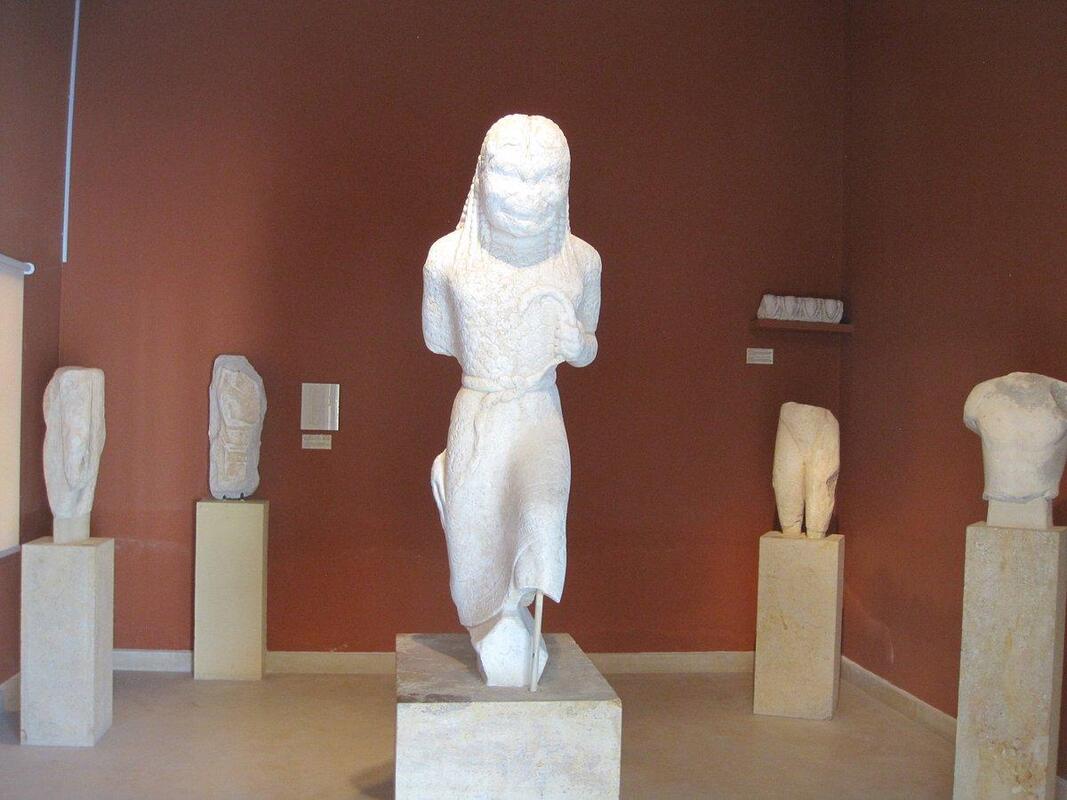
Investigate the traditional culture
On Paros, there are many museums that shed light on the history, culture, and way of life of the island. From the Paleolithic to the present, the island has connections to several historical periods. It should therefore come as no surprise that the most fascinating museum in the Aegean Sea is the archaeological museum of Paros.
In the restored Agios Athanasios monastery, which is situated in the Paros settlement of Naoussa, lies the Byzantine Museum of Paros. This museum features magnificent pieces of artwork that were created during the prehistoric and Roman eras and were significant to the history of the Cyclades islands. The majority of artistic creations look to be solid, smooth, and suspended. The eyes are always large. Typically, golden colors are used to paint the backgrounds. The aesthetic of Byzantine art was distinct and uncomplicated. In the western part of Naoussa, Paros, the museum is housed inside the renovated Agios Athanasios monastery. Stunning murals and other works of art may be found inside the chapel. You'll notice a lot of architectural details as you enter the yard from statues and other artifacts, in addition to a number of the ancient town's features. Additionally, the museum contains exquisitely carved woodwork, Roman statues, and painted icons created by local craftsmen.
Building the Cyclades Archaeological Museum of Paros in 1960 allowed for the storage of objects that had previously been housed in the Monastery of Ekatontapyliani. The museum was first housed in a single room later, a second room was added, and additional extension work was finished in 1995. Discoveries made during the excavations in the city of Paros and Antiparos are on show in the museum. The findings range from the Neolithic to the early Christian eras, and include the Nike (Victory) of Paros, the marble statue of Mermaid Gorgo, Cycladic figurines, mosaics, a monument of the poet Archilochus, sculptures of deities, and amphorae from a local workshop.
The Ekatontapiliani Byzantine Museum is situated in Parikia of Paros island, the island's capital. The Ekatontapiliani Church, where the Museum is now housed, was initially constructed by Saint Helen as a small shrine honoring the Virgin Mary in the fourth century AD. Later, following the devastating earthquake in 1773, it was rebuilt. Holy amphorae, wood carvings, silver, and metal objects, as well as other remnants from the Byzantine era, can be seen in the Byzantine Museum in Parikia.
One of the most fascinating destinations you should surely visit is the Paros Moraitis Wine Museum, which is situated in the charming village of Naoussa, Paros. The location of this newly built museum, which houses a substantial collection of wines made by local producers, is ideal in the heart of this fishing town. The museum has been passed down from father to son since its foundation in 1910. The historic winery structure, which has served as the winery's home since 2001, welcomes visitors to the underground maturing cellars, wine museum, and wine tasting area. The winemaking facility, the production areas, and the storage spaces are also part of the renovated property.
